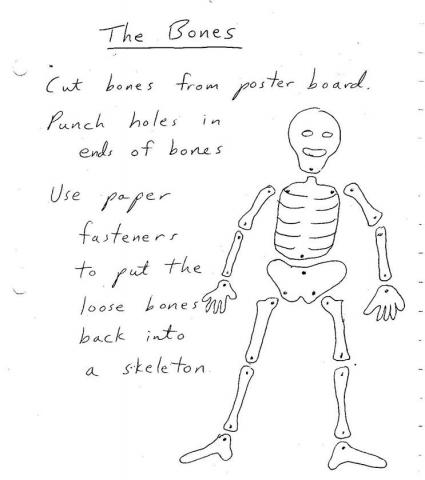Ezekiel
- EZEKIEL

Objectives:
- Students should identify Ezekiel as a prophet during the Babylonian captivity.
- Students should identify Ezekiel as the author of the book of Ezekiel.
- Students should know at least one of his major visions – the bones.
Possible Lesson Plan:
- Open with prayer.
- Scripture Reference: Ezekiel 1:1-28, 3:1-9, 37:1-14. Ezekiel was a contemporary of Jeremiah but was one of the many taken captive by Babylon (along with Daniel and his 3 friends). Initially, Nebuchadnezzar did not destroy Jerusalem or the Temple and left Zedekiah as puppet king. Ezekiel prophesied from Babylon and Jeremiah from Jerusalem, calling the people to repentance. But they would not listen, and 10 years later the Temple of Solomon was destroyed and the city of Jerusalem wrecked.
- Learning Game: Pictionary. There are 3 major visions here described. Assign each to one student and have the chosen student try to draw the vision for the class to guess.
- Service Reference: When do we hear the vision of the bones in Church? Every year during Holy Week! Which service? (Holy Saturday matins, usually celebrated Friday evening). Icon Reference: In most Orthodox Churches there is a representation of Ezekiel 1: 10 – “As for the likeness of their faces, each had the face of a man; each of the four had the face of a lion on the right side, each of the four had the face of an ox on the left side, and each of the four had the face of an eagle.” We see here Jesus the man as God incarnate, Jesus the lion for His divinity, Jesus the calf for His sacrifice for our sins, and Jesus the eagle for His resurrection and ascension. And, traditionally, these are each associated with one of the Evangelists – the man for Matthew, the eagle for John, the bull for Luke, and the lion for Mark. So in our own church look again to see the huge ceiling icon and each of the writers of the gospels in the ceiling corner indicated by his symbol.
- Discussion: What is the meaning of the vision of the bones? The wheels? The scroll? Who else in the Scriptures had a vision? (Jacob and his ladder, etc.) Have you ever had a dream? Who else in the Scripture had dreams? (e.g., Joseph). What’s the difference between a vision and a dream? Have you ever had a vision? Do people have visions today anyway? What about dreams?
- Make “Ezekiel’s Bones”: Cut the skeleton on the next page out of heavy white paper or poster board, about the same size as it is on the paper. Punch holes where indicated, and use small pieces of white pipe cleaner to attach the bones to form a skeleton, with another piece of pipe cleaner as hanger from the top of the head.
- Close with prayer. Ask God to speak to us all day, even in our dreams.
